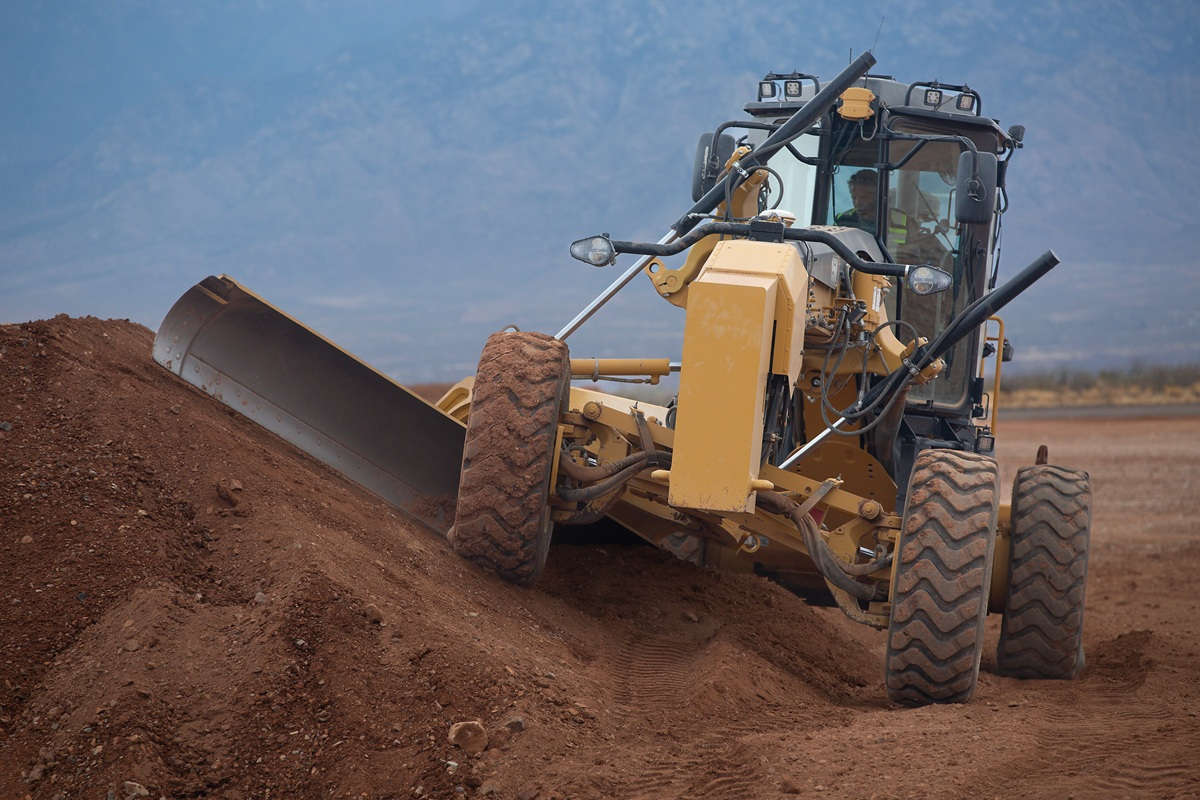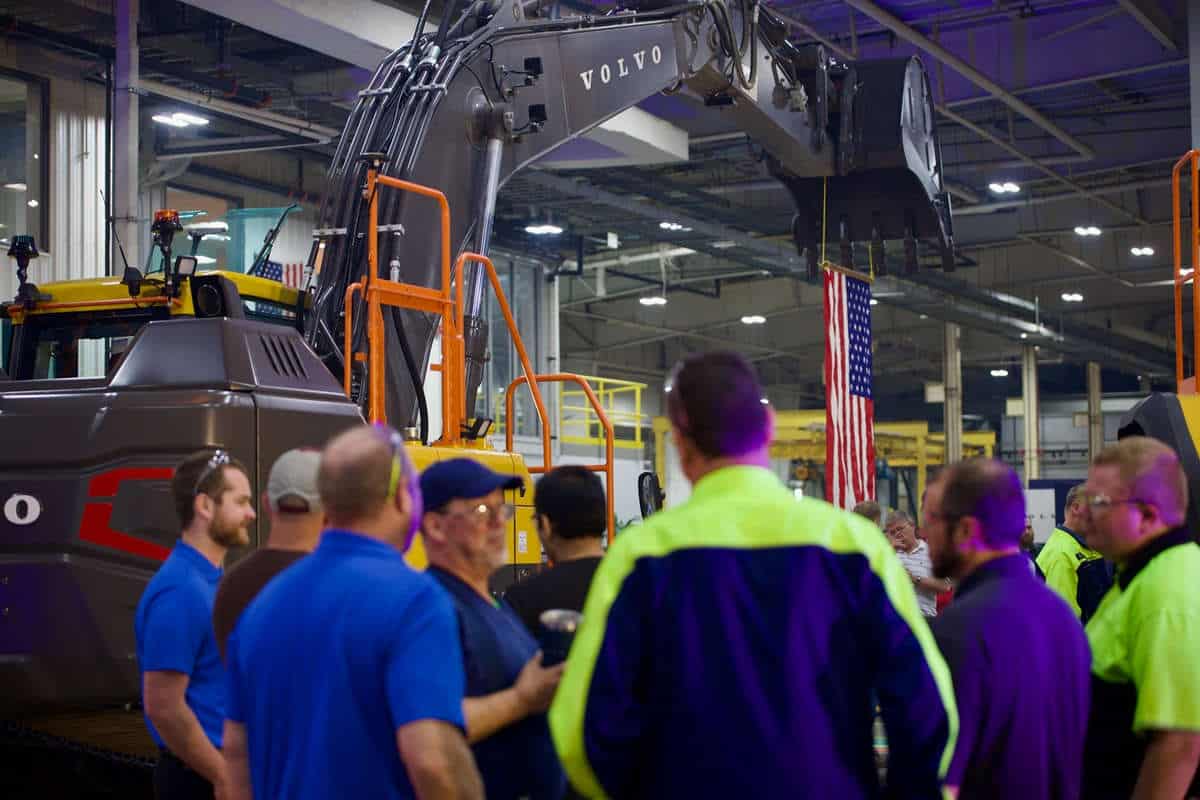Working Smarter: Intelligent Machine Control Helps Contractors Improve Efficiency, Productivity
In the competitive field of construction, improvements in efficiency and productivity can help contractors win bids and make more money on jobs. Over the past several years, equipment manufacturers have made significant strides in improving their offerings to make machines more reliable, robust and versatile. Among them is Komatsu, which recently released their intelligent Machine Control (iMC) 2.0, aimed at enhancing operator performance.
To learn more about iMC 2.0 and its benefits, specifically on its excavators, Utility Contractor sat down with Komatsu’s Andrew Earing, Product Manager for 20- to 50-ton excavators, and Michael Salyers, Senior Product Manager in the Smart Construction Division.
Briefly, what is iMC?
Earing – iMC is Komatsu’s semi-autonomous 3D machine control technology. It allows our operators to dig straight to grade with a very high degree of precision. One of the key components is the operator-facing monitor, which is a large display that provides detailed information regarding the design surfaces, dig depth and location. Coupled with the display is a suite of sensor technologies as well as GNSS antennas that allow the machine to position itself with a high degree of accuracy.
Can you give us a brief background of the development of iMC?
Salyers – Machine control for heavy construction equipment has been around since the early 2000s. But where it really started was on the bull dozer, which was a logical machine to add this type of technology because you’re instructing the hydraulics to either raise, lower, tilt or slope the blade of the dozer. The excavator is more complex. When you are tracking the teeth of the bucket, you need to consider the tilt of the machine, the rotation of the cab, the boom position and the rotation of the bucket. In 2014, Komatsu released the very first semi-automatic excavator system. Since then, we have seen the market embrace this semi-automatic system.
How has 2.0 improved on previous versions?
Earing – With the launch of the PC210LCi 2.0, there are a few new benefits. First is the optimized monitor with improved speed and memory that allows for larger file sizes and quicker reaction. In addition, we added our bucket angle hold control that automatically maintains the bucket angle throughout the grading pass. That improves operator comfort and final grading accuracy. Then, we have auto tilt bucket control that allows the machine to automatically tilt the bucket to meet the design surface. These benefits allow the operator to be more efficient and improve accuracy.
What benefits does iMC offer?
Earing – iMC allows a contractor to simply be more productive, specifically by eliminating overdigging. By eliminating overdigging, you reduce the time needed to complete the excavation as well as extra material needed to backfill the trench. We have seen efficiency improvements up to 50 percent and beyond in certain jobsite studies.
How have contractors adopted the use of iMC?
Earing – We have found over the years that technology can be a little intimidating to new customers. But once customers get this into their hands and start using it, they find that the system is very intuitive and the benefits are seen immediately. We see that adoption take place very quickly. An added benefit is that due to productivity and efficiency gains, contractors are able to reallocate support equipment to other areas of the jobsite, allowing them to get in and out of a jobsite much faster.
Salyers – Sometimes we hear that jobsite supervisors don’t want their excavator operators to be artists. They don’t need them trying to do final grading or finish grading with the excavator. But when you add iMC to the machine, it gives the operator that ability to do finish grading more quickly and confidently. In doing so, there is less of a need for the support equipment. It is much more than a system on a single machine, it can improve your entire operation.
How has IMC impacted the excavator market?
Earing – The iMC technology has become extremely beneficial in the market and is almost becoming the standard because of all of the benefits that come with the technology for the excavator and the jobsite. Considering the productivity improvements, efficiency improvements and cost savings, the benefits simply cannot be ignored.
What are the key factors a contractor should consider procuring an excavator?
Earing – As customers look to buy or rent machines, they should look at lift and digging performance. These machines are not only used to perform mass excavating, but they also lift and place large objects, such as manhole boxes. So, a customer has to be cognizant of what they are doing on the jobsite and, therefore, how much they need to lift.
Also, a contractor needs to be aware of what attachments they are using and what they may be using in the future. Knowing this can help ensure that the hydraulic system is sized appropriately.
Finally, a contractor needs to consider technology and how it can make you more productive, more efficient and save more money. So, think about your applications and ask your dealer if the technology is right for you.
RELATED: Komatsu’s D71-24 Offers Most Powerful Hydrostatic Transmission Dozer In Its Class Tags: March/April 2021 Print Issue





